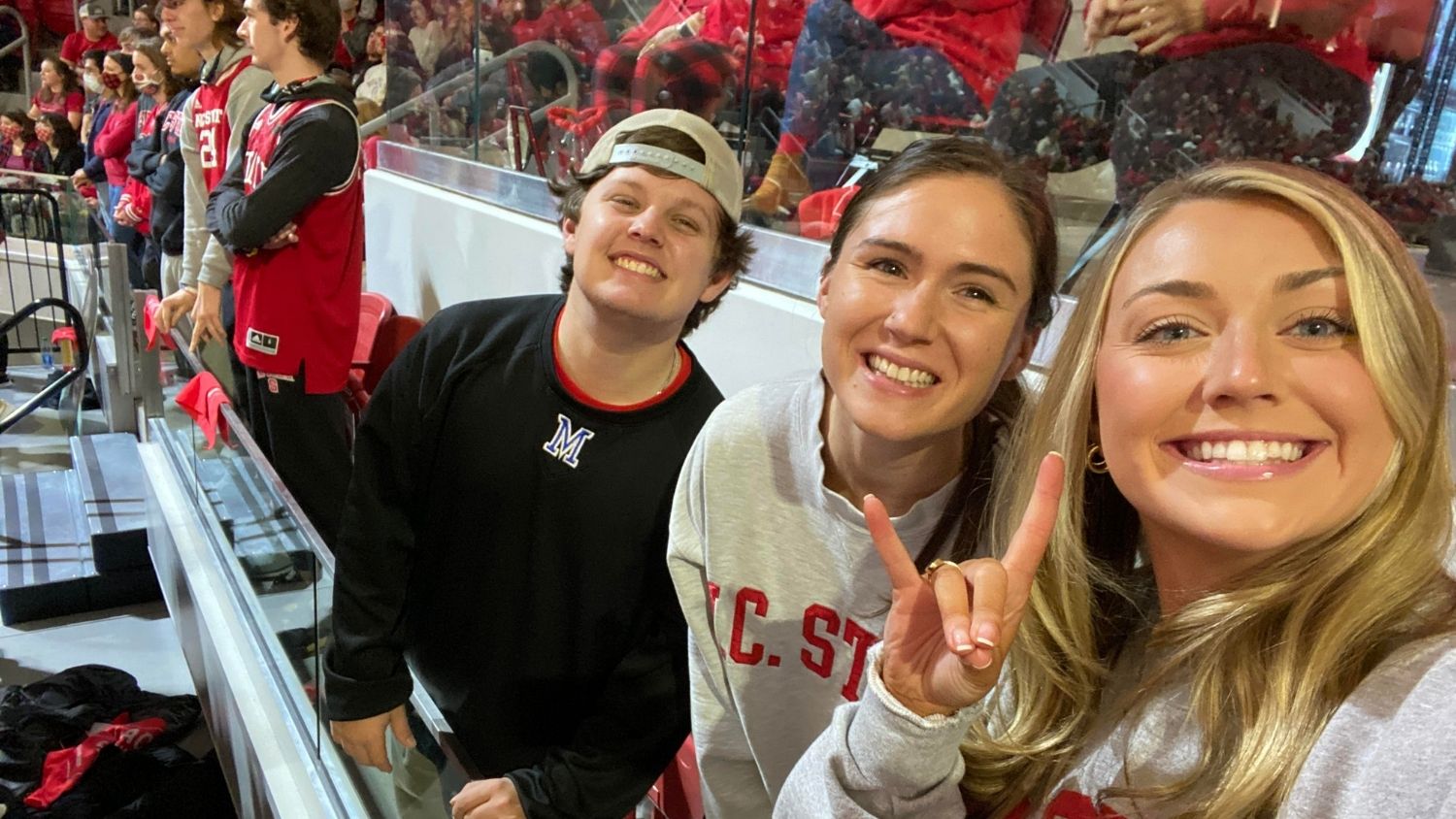Real World Projects in the MAC Program
Author: Cindy

Hi everyone,
We are moving along quickly into the spring semester, with preparation for the first round of exams keeping us all busy. I’m also anticipating results of the CPA exam that I took over Christmas break.
In this blog post, I am focusing on two specific projects – one that I completed last semester and one that I am working on now – to help you get a better understanding of the type of real world experiences you receive in the Jenkins MAC Program. In the fall semester, I completed an engagement for the IT Risk & Controls course. The second is a practicum course, which is part of the ERM elective course that I am currently enrolled in.
IT Risks & Controls
In ACC 540 I worked in a group with three other MAC students. The members of each team were picked randomly by the professor. This is a real life scenario as you will most likely not be able to pick which co-workers you will be working with at your future job. We were given specific instructions:
- Find a company that is willing to let you conduct the IT project.
- Select a business cycle that you would like to focus on (revenue, purchasing, Point of Sale (POS), etc.).
- Interview the owners/CEO/managers to get an understanding of the business, its strengths as well as its weaknesses.
- Create a flow chart of the business cycle that indicates risks and controls.
- Make recommendations for improvements.
- Prepare two presentations of the findings, one to the owner/CEO/manager and one to the class.
We started the project very early in the semester, as we didn’t know how time consuming each component would be. Through family connections of one of our team members, we were able to connect with a local Mexican chain restaurant and scheduled our first meeting with the owner.
During our first meeting, we learned that the owner was aware of issues with several business cycles that he wanted to resolve. Due to time constraints, we were limited to one. We selected the purchasing cycle because it had the most potential for recommendations. Through individual group check-up points with our professor, we were able to discuss our next steps and made sure the project would get done in time.
Through several team meeting discussions, we made sure that we understood the typical steps of the purchasing cycle. We prepared interview questions and scheduled a second meeting with the restaurant owner. This meeting took about two hours and we left with a very good understanding of how the purchasing cycle works at this specific restaurant. We met as a group to consolidate our notes and created follow up questions on areas where we needed clarification. Once all gaps were clarified, we create a flowchart that provided a great visualization of high risk areas and areas that had good IT controls in place. We worked on our presentation and presented the flowchart with our recommendations to the owner.
The owner was very thankful and implemented some of our recommendations right away and, due to money constraints, plans to implement others in the near future.
It was a great experience working with a real business and making professional recommendations that were received so positively. I have never worked with a better team than this one. Our professor was of great help, guiding us through the entire project. It was also very interesting to watch all the other presentations of teams that conducted their projects at other local businesses.
ERM Practicum
Currently, I am taking the elective, ERM Practicum. As the name indicates, we are working on a real world project throughout the entire semester. The purpose of this practicum is to help a firm start its ERM initiative. Our work includes conducting interviews with top executives and board members to get an understanding of the business. We will then determine the top risks that the company is facing from different point of views and departments, create a survey of the top risks, and send the survey back for the executives to rank those risks. Finally, we will aggregate the responses and create a prioritized list with the top 10 or 20 risks that the company is facing.
How did we select the firm that we are working with? Before classes officially started we received an email from our professor with 12 businesses and instructions to rank our top three choices. Most of the firms were located in Raleigh; however, others were located in Charlotte, Wilmington and Nashville. As I like to travel, I picked three firms in these cities as my top choices. I got lucky and was put on the Nashville team. The teams were also put together randomly and we started to prepare for our first meeting on the first day of class.
For the first two weeks we studied all the materials that were provided to us by the firm and did some additional research in order to understand our firm’s business. This ERM practicum was focused on the firm’s strategy – their core business drivers and their new strategic initiatives. We flew out to Nashville on the third week of classes. We had prepared a little presentation, very conversational, that included an introduction of the team members, an agenda of the entire practicum, and areas that we had identified as core business drivers and strategic initiatives. At the meeting, we clarified areas that we were not sure about and left our first meeting with a very good overall understanding of the firm.
We then had two weeks to prepare our interview questions that we would use when we flew back to Nashville for our second meeting. That is when we conducted eight interviews with the CEO, CFO, other top executives and managers, working in teams of two. We had prepared an interview script with questions that would ask the interviewee to list one or two risks in certain areas of the firm (operations, financial, safety, compliance, etc.). Two more phone interviews with a board member and another manager will be conducted soon.
We received very positive feedback after our interviews and we are currently in the stage of comparing interview answers and preparing the survey. Each answer that we received in the interview is treated anonymously and aggregated in the survey. We will send the completed survey to the top executives and managers to rank order the risks. We will then compare the results and present our conclusions to the firm during a third trip to Nashville.
This process provides a way for the firm to get a list of top 10 to 20 risks that it is facing, ranked based on the view of different executives and managers that operate in different departments. The CEO of the firm will be able to use the results to start their ERM initiative and know what risks need to be mitigated or which risks need responses in case the risk event will occur.
Overall, both practicums have been the most fun and interesting projects that I have ever done. I really enjoy the fact that I am working with real firms. I have improved my professional conduct and my presentation skills, as well as my team-working skills. The projects at first intimidated me but with the support of both of my professors I never felt frustrated; rather, I was very exciting to move on to the next phase.
I hope you enjoyed this blog post and that it helped you get a better understanding of the kinds of projects that are awaiting you.
- Categories:


